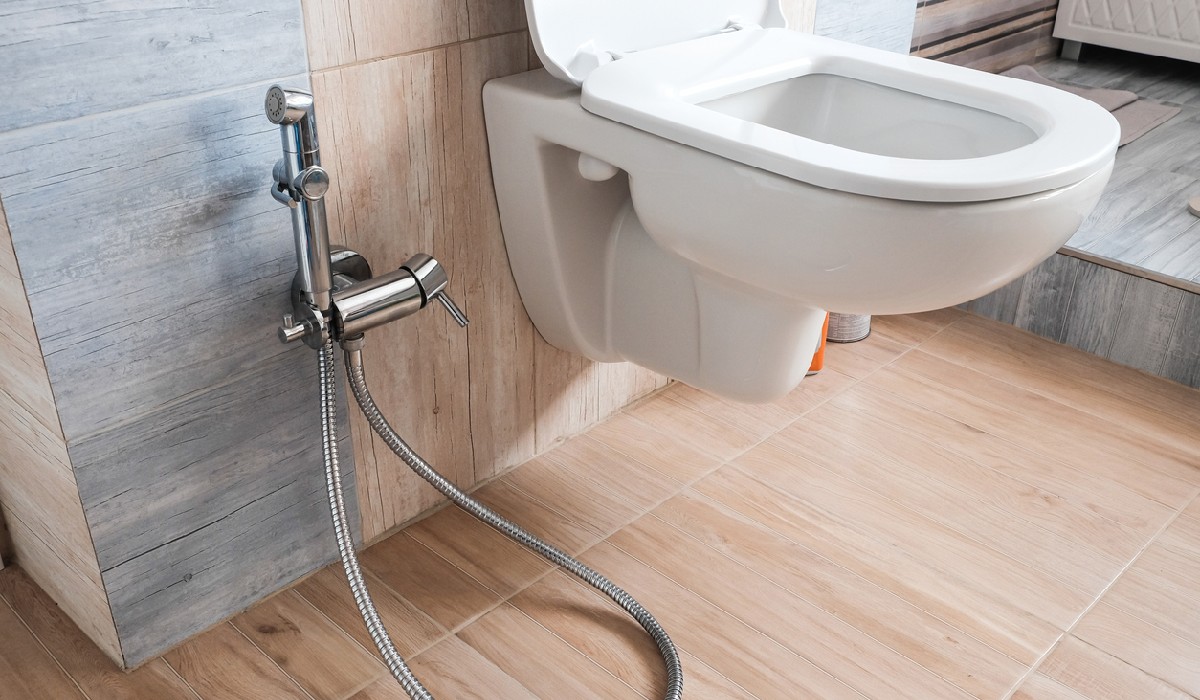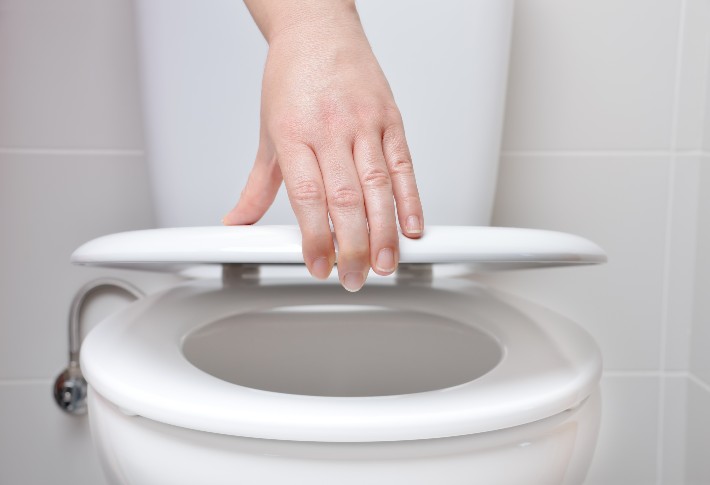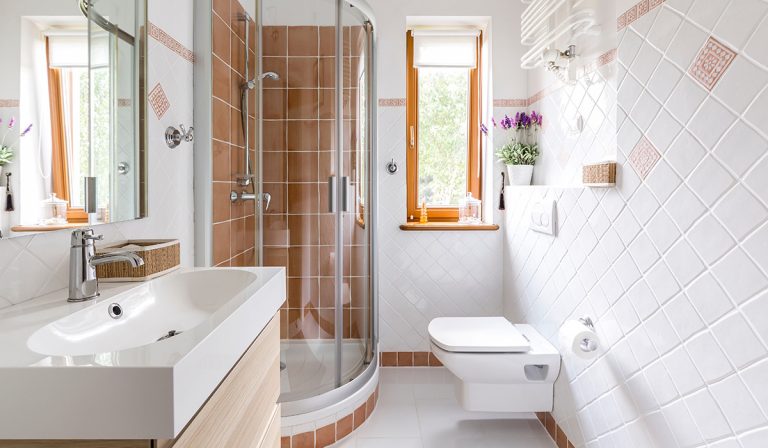What Is a Bidet, and Do You Need One?

You may have heard the term “bidet” and might be wondering: What is a bidet? Do you need one? Are they worth the investment? Wonder no more, we have you covered. A bidet is a device used for personal cleansing after using the bathroom. They have been around for centuries, but their use is becoming increasingly popular in North America.
In this article, we’ll explore the many benefits of bidets, like improved hygiene and comfort. We’ll also discuss the different types of bidets available. By the end of this article, you’ll have all the information you need to make an informed decision about whether or not a bidet is right for you.
What Is a Bidet?
A bidet is a porcelain fixture that utilizes a stream of water to offer a more sanitary and refreshing alternative to using toilet paper for cleaning after using the restroom. The basic design consists of a bowl-shaped basin connected to a water supply and drain with a nozzle that sprays water for personal hygiene.
There are three main types of bidets, including stand-alone bidets, attachable bidet systems, and washlets. Some models are designed to sit next to the toilet bowl, while others may attach to it. They all connect directly to your home’s permanently installed plumbing system and require access to an electrical outlet to power its electronic functions.
Stand-alone Bidets
A stand-alone bidet requires more space than other types and looks like a hybrid between a toilet bowl and a sink. It sits next to the toilet bowl and may include storage shelves like those found around a sink basin. Sizes range from small enough to fit under your bathroom vanity to larger models with extra features such as warm air dryers or heated seats.
Attachable Bidet Systems
An attachable bidet system typically includes all necessary components, such as the sprayer hose and shut-off valve, which attaches directly to your existing toilet bowl. These models have one or two water jets that release adjustable streams of water onto your body when activated with either an included foot pedal or a side handle.
Washlets
A washlet is an upgraded form of an attachable bidet system with some added features, such as heated seats and air dryers, which provide additional comfort and convenience. In some cases, these models may even detect your presence upon entering the bathroom.
Benefits of Using a Bidet
Bidets use water instead of toilet paper, so they offer superior cleanliness over traditional wiping methods. There’s no contact between your hands and private areas, which reduces the chance of spreading germs or bacteria from one area of your body onto another.
Purchasing just one roll of toilet paper isn’t expensive, but over time the cost can add up quickly and can also contribute to increased paper waste. With a bidet system, you can save on toilet paper costs and lower paper waste, making it better for your wallet as well as the environment. Depending on what kind you get, they may feature other cost-saving features such as energy-efficient settings or water-conserving features.
For people with certain medical needs, such as those recovering from surgery or dealing with issues due to health conditions, using a bidet can provide much-needed relief due to its gentle yet effective cleaning process. You don’t have to reach down, and it eliminates potential skin irritation caused by traditional wiping methods. Many newer models also come equipped with adjustable pressure settings.
Do You Need a Bidet?
Like any home fixture, it’s always up to you whether you need a bidet. When it comes to purchasing any new product, cost should be taken into consideration. Stand-alone units require permanent installation into your existing plumbing system, so professional help may be necessary. Attachable units usually require less work. Consider if you have the space for an extra feature in your current bathroom.
Conclusion
A bidet is a plumbing fixture used for personal hygiene after using the restroom. It can be an effective way to improve hygiene or help with special medical needs. With any home fixture, it’s ultimately up to you and your specific preferences to decide if you need one. Take into account costs, use, and installation before making a decision.



